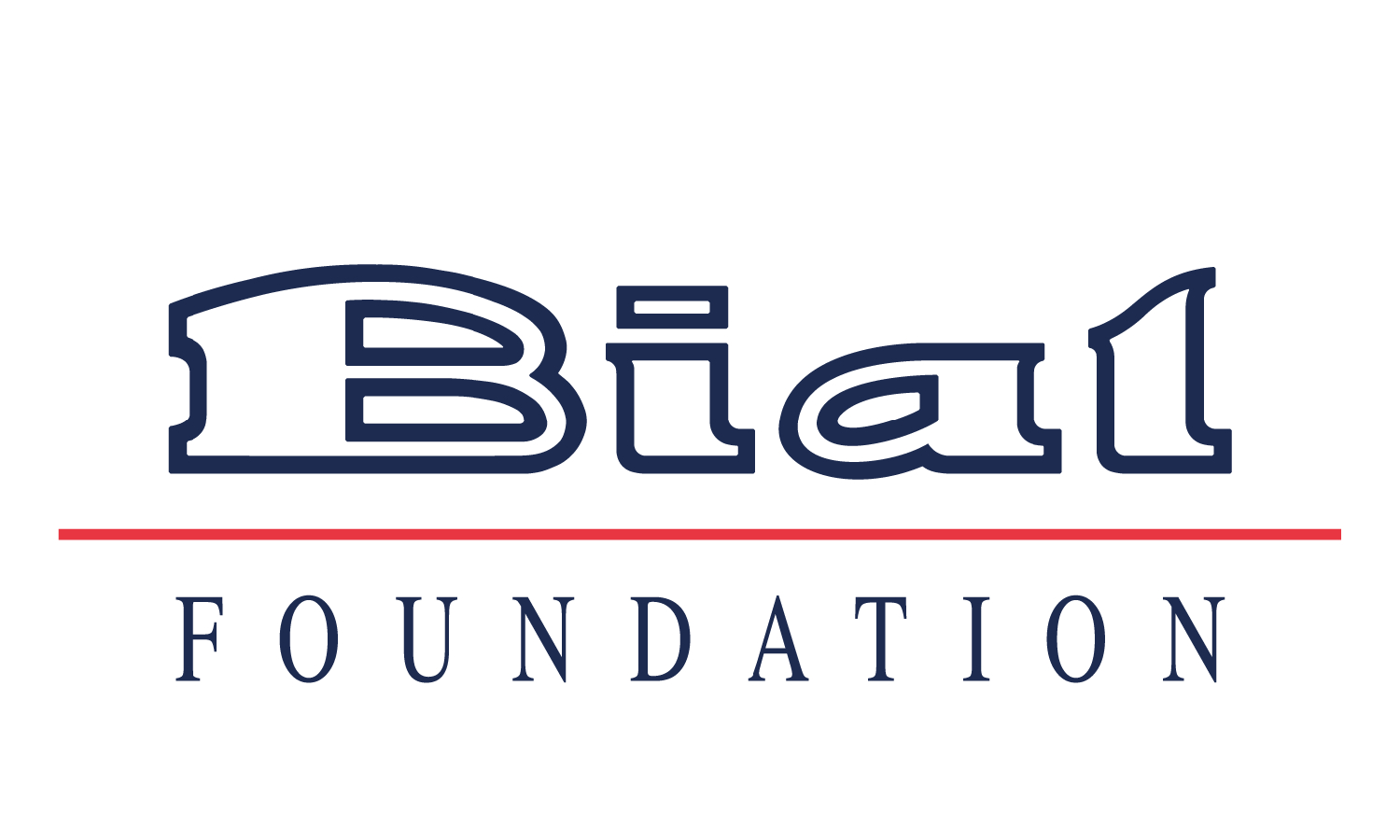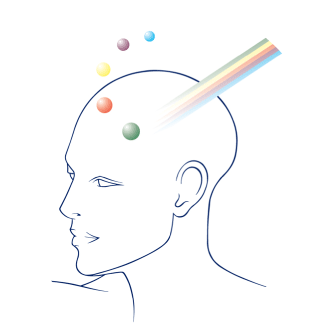News
Top Stories
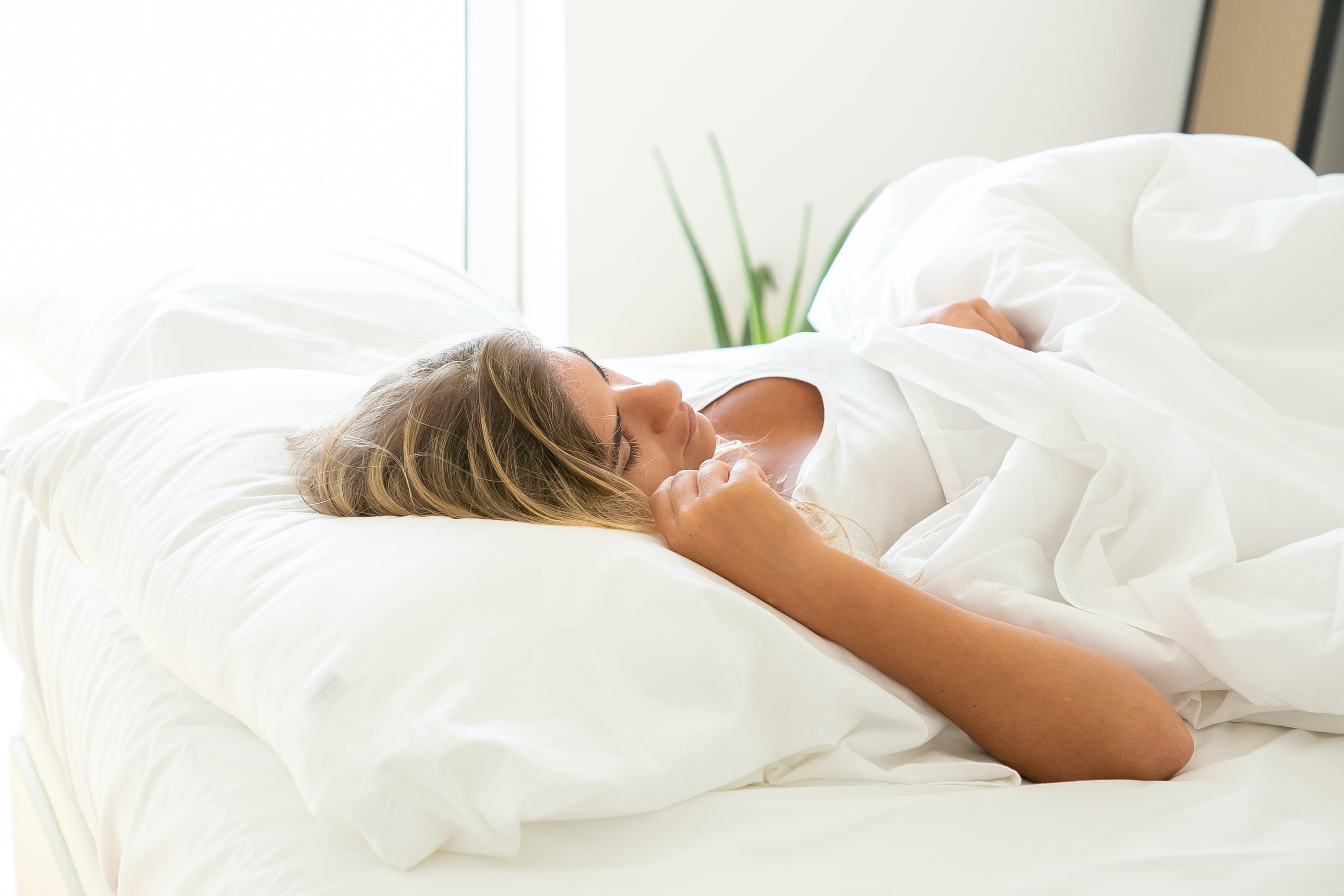
Relationship between sleep bruxism, insomnia and anxiety
Researchers concluded that, although sleep bruxism has no direct association with insomnia, anxiety may act as a bridging factor between these complaints.
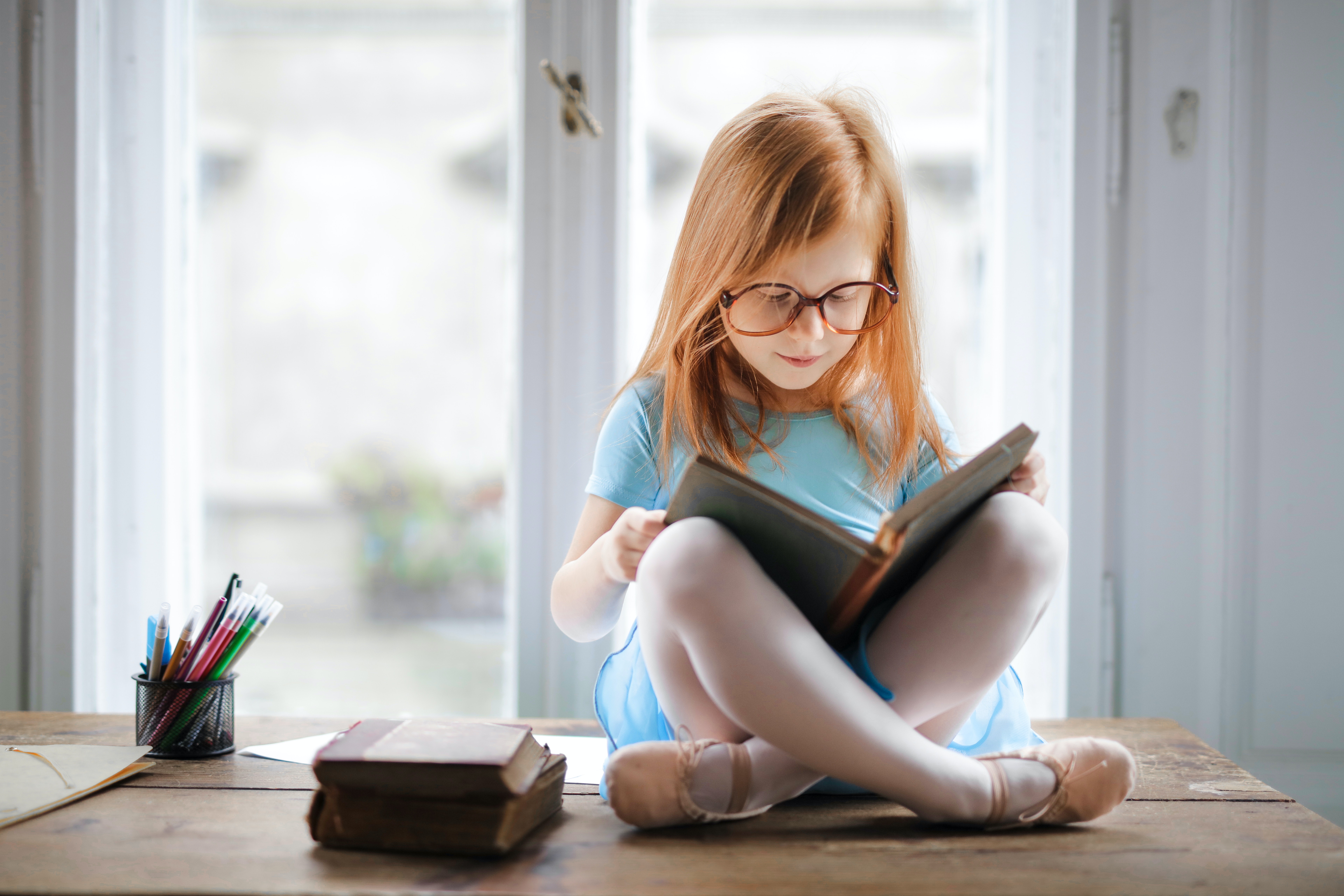
Can IQ and socioeconomic status interfere with children's reading fluency?
Researchers found that Intelligence Quotient (IQ) plays no role with reading fluency deficits in children, unlike socioeconomic status.
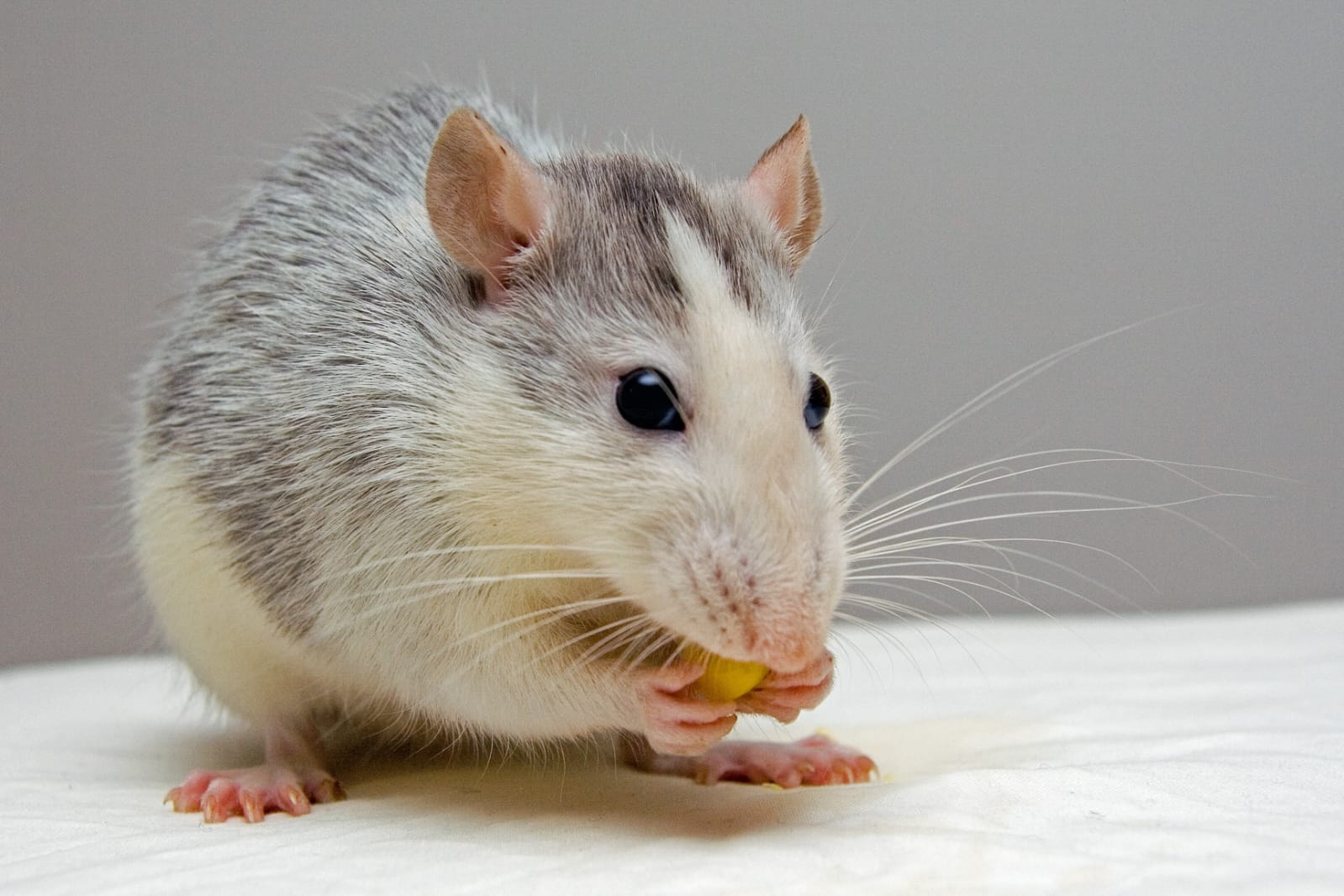
Do rats recognize musical melodies like humans?
Study reveals that rats showed sensitivity to track harmonic and temporal patterns in music and such sensitivities might be shared across species.
News
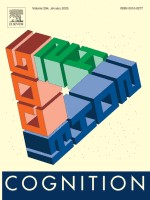
How does body size influence weight perception?
Currently, it is known that the size of an object influences how heavy it feels (i.e., the size-weight illusion). However, it remains uncertain whether the same applies to the body. Elisa Raffaella Ferrè and colleagues conducted an experimental study to investigate how embodying various hand sizes affects the perception of hand weight. Hand size was manipulated using a visual-tactile illusion with magnifying and minifying mirrors. The results showed that the perception of hand weight is flexible and easily altered by the perception of hand size. However, the perceived weight of the hand is invariably underestimated. Although a larger hand feels heavier, while a smaller hand feels lighter, there is still an underestimation of the actual weight of the hand in both conditions. This also contrasts with object perception, where larger objects feel lighter when compared to smaller objects of the same weight. Given that individuals with anorexia nervosa, for example, often experience their bodies as objects, these findings may help deepen our understanding of such disorders and their connection to bodily distortions. This study was supported by the BIAL Foundation, in the scope of the research project 41/20 - Luminous dancing fairies in weightlessness: How gravity shapes conscious experiences, and published in the journal Cognition, in the article Perceived hand size and perceived hand weight.
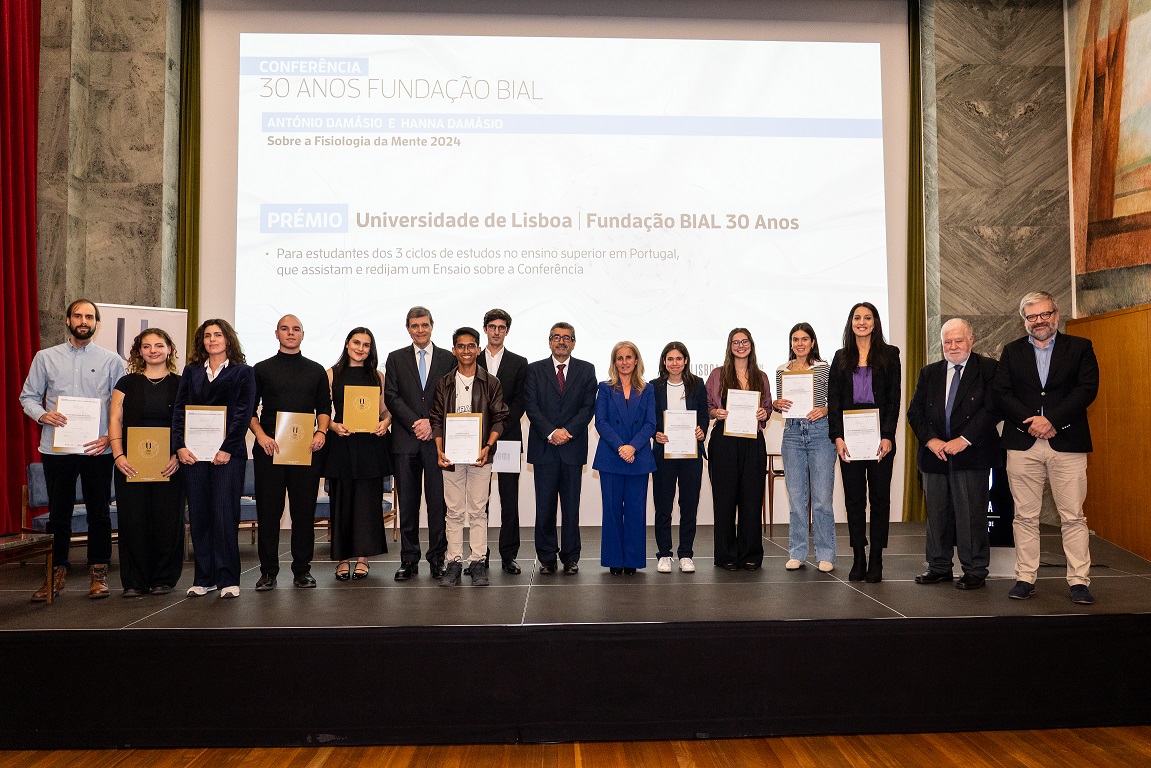
Award Universidade de Lisboa|Fundação BIAL 30 Years honours Medicine, Psychology and Philosophy students
Academic competition in António Damásio and Hanna Damásio lecture aims to stimulate students' capacity for reflection, interpretation, and critical analysis.

Prof. Peter Fenwick
The BIAL Foundation expresses profound sorrow on the passing of Prof Peter Fenwick, a unique figure in parapsychology worldwide, broadly awarded for his work on the process of death, including consciousness and near-death experiences.

